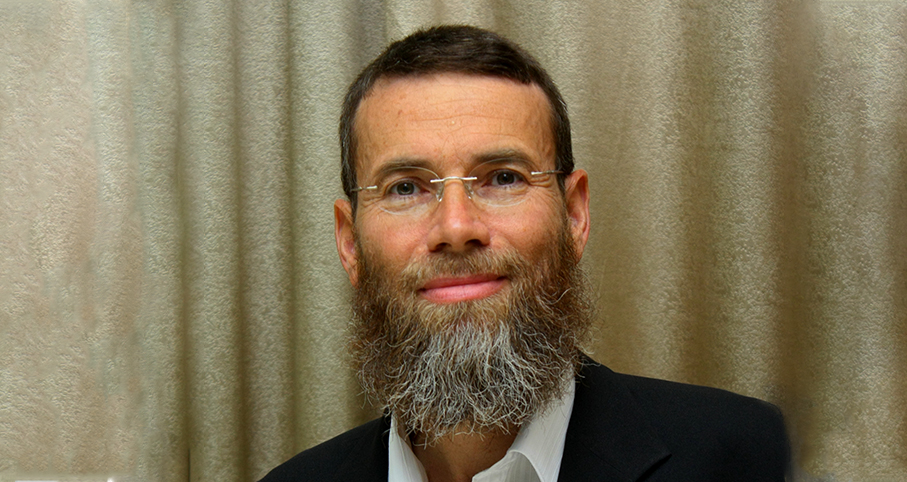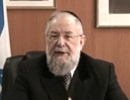Beit Midrash
- Torah Portion and Tanach
- Bamidbar
- Chukat
The Torah study is dedicatedto the full recovery of
Yehudah ben Hadasah Hinde Malkah
Rashi’s grandson, the Rashbam, understands these introductory words as connected to the ensuing discussion of the general laws of impurity involving the deceased, which is introduced by the words, "this is the Torah." Thus, the opening of the parasha is not a statement that sheds light on our view of the rest of the Torah.
The Ohr Hachayim understands that chuka is specifically related to the Torah as a whole (like Rashi) but that it does shed light on it in the following way. His kabbalisticly based explanation posits that the laws of impurity became necessary because we accepted the Torah. The higher spiritual level that comes from the Torah makes us more vulnerable to the effects of impurity. Forces try to disrupt our souls, which are more sensitive because of our connection to the Torah.
The Sefat Emet brings an idea that stems from a different approach to the root chakoh. This can mean engraved, as indeed the Torah is supposed to be engraved upon our hearts. There should be permanence and depth to our connection to the Torah, as Shamai said: "Make your Torah permanent" (Avot 1:15). The factor that constantly guides our actions first and foremost should be Torah. It is not that Shamai is telling us not to be involved in the "way of the world" (normal human activities). Rather, even when we are involved in worldly activities, the Torah that is engraved upon our hearts should be dominant in our decision making.
The midrash (P’sikta Rabbati 14) says that the para aduma is connected to the hachanasat orchim (welcoming of guests) that Avraham carried out. Avraham brought water for the angels to wash their feet and ran to the cattle. So too the purification of Avraham’s children comes from putting ashes from a cow into water and having it sprinkled on them.
Let us connect the idea of the midrash with that of the Sefat Emet, arriving at the following. Shamai continues, after discussing the permanence of Torah, by saying that you should greet everyone with an inviting face. Shamai demands that we should greet guests like Avraham. In this way, we make all parts of our life connected to Torah in the fullest sense, not only studying lofty principles, but also applying them in a warm and graceful manner, promising little and providing a lot.
























